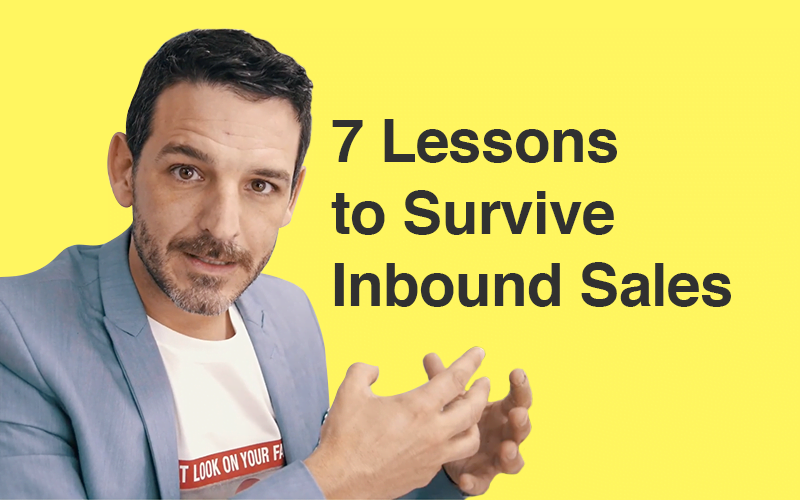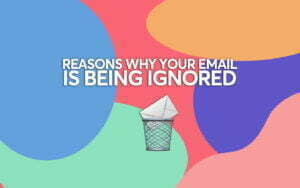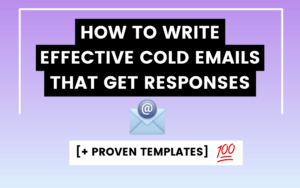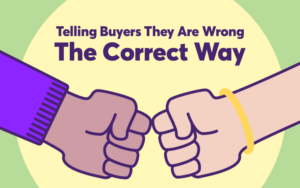In 1974, I started my sales career selling books door to door. (I sound like your grandfather, don’t I? Does that job even still exist?)
From the 1980s to the early 2000s, the best reps sold in the field. They were usually hard-charging, gritty, loud, and directive salespeople whose best traits were that they worked hard and didn’t take “no” for an answer. In the late 1990s, inside sales organizations comprised of junior reps or new college graduates emerged to take on a supporting role, but it was the people in the field who closed deals, made money, and rose quickly through the ranks.
From Outbound to Inbound Sales
Fast forward to 2007, when I met HubSpot Vice President of Sales Mark Roberge (at the time; now Managing Director at Stage2Capital) while interviewing. Roberge was an anomaly and unlike any sales VP I ever met. He was super smart, soft-spoken, and extremely nice. He was all about process and outthinking the competition. He wanted to apply his formal engineering training to sales. And he had a skill I craved: He could sell a deal over the phone.
This was a revelation. I saw it with my own eyes — Mark could add value in the first five minutes of a call, uncover a need, diagnose pain, dig into prospect goals, plans, challenges, and timelines, ask pointed follow-up questions, explain the high-level solution he could provide, and then ask for the sale. It was awe-inspiring.
I wanted that skill. So I joined HubSpot and transformed from an outside, outbound salesperson to an inside, inbound sales specialist.
The transition from outbound to inbound selling didn’t happen overnight, but in my years at HubSpot, I’ve learned 7 valuable lessons that have improved my sales performance, my quality of life, and made sales way more fun.
How I Transitioned to Inbound Sales
1. The buyer gets to drive.
This is the most crucial thing modern salespeople need to learn. In an age where buyers are more informed than ever before and can find a new vendor with one click, trying to force customers into doing things your way simply isn’t an option.
HubSpot is so successful because we built our sales process around the buyer. We understand the buyer’s situation, we evaluate whether our software is a good fit for the buyer’s company, and we make a recommendation (yes, sometimes this means we tell them to go with another provider!) based on what’s best for the buyer.
Modern selling has to be about the buyer. If you ignore prospect needs, you will lose more deals than you win.
2. One size does not fit all.
A natural result of #1, there’s never one solution that works for every prospect. I went from thinking the closing call was the most important part of the sales process to realizing that the discovery call is actually the key.
A discovery call is where you learn what your prospect cares about, what they’re good at, where they struggle, and how you can help them. It shapes the entire rest of the sales process, and it’s what made me so successful. Because I thoroughly qualify prospects on discovery calls, I’m able to provide specific, customized advice to my prospects — and they’re able to see that I truly care about what’s best for them.
3. Drill into specifics.
Never be assumptive. The same sentence spoken by two prospects can mean two different things. They can have the same problems on paper, but for one prospect it might be an annoyance, while another is suffering major business pain.
The modern salesperson’s best tools are asking good questions and listening. If you don’t understand something, dig deeper. If you think you understand something, dig deeper to make sure you got it right.
4. Ask, don’t tell.
In 1990, sales meetings went something like this: I introduced myself and my colleagues, explained what my company did, introduced my product, then talked about why the prospect should buy it. Salespeople assumed that because the prospect accepted an in-person meeting (see #5), they had a problem we could solve.
It doesn’t work like that anymore. It wasn’t until the concept of inbound marketing emerged that we spent time digging into the customer’s world. We run inbound marketing assessments and connect calls to understand prospect pain, and are constantly checking to make sure we’re aligned with our prospect’s buying stage.
You can’t tell unless you ask first, but that concept is fairly new in sales. If you want to make sure your message is conveyed, first find out what information your prospect needs to hear.
5. Relationship selling out, value-based selling in.
I used to rely on relationship selling.
“Hey, let’s go to lunch at your favorite restaurant!”
“Oh, you went to X college? Do you know Bob?”
“I have Giants tickets for next weekend — want to come with me?”
None of that works anymore. I was forcing myself on a prospect and trying to prove I had a unique value proposition worthy of follow-up.
Through the lens of inbound marketing, this is incredibly dopey. Now, I wait for prospects to come to me with a problem, and demonstrate how I can help. In 2016, value wins sales — not Giants tickets.
6. A phone sale is better for everyone.
A few decades ago, I used to have to get on a plane to start a relationship. It was an arduous process, consumed a huge amount of time and money, and quite frankly was annoying. But I had to do it because there was no other way. Today, I can sell to the CEO of a Fortune 500 company at home in my pajamas.
Inside sales are better for the buyer and the salesperson. On the salesperson’s side, it’s simply better for business. It’s quicker and easier for buyers requires less schmoozing, and is less intimidating. With the rise of inside sales, buyers no longer have to deal with a squadron of suited-up salespeople storming their office.
7. Prioritize your relationship over a close date.
Didn’t I just say relationship-based selling is done? Yes, but this is a different kind of relationship.
At HubSpot, I’ve had two-day sales cycles and 365-day sales cycles. I’m always selling the same product, but the amount of time it takes me to close varies wildly — because of points #1 and #2. If I had tried to force my one-year deals to buy in two days, I would have lost the sale altogether.
Inbound selling requires patience and the ability to handle prospects at every stage of the buyer’s journey. If they’re raring to go today, that’s great. But if it’s too early in the buying process, don’t throw out the lead — just periodically keep in touch until your prospect is ready to buy.
Inbound Sales: The Results Are In
What’s happened to my sales career since I became an inbound salesperson? It’s simple:
- My quality of life has improved significantly.
- Prospects are happier to talk to me.
- Sales calls are faster and have better results.
- Selling has gotten way easier.
And finally, I can work smarter, not harder, and still see great results. I travel 200 days a year for speaking engagements on HubSpot’s behalf, and I still hit or exceed my quota every month.
Inbound selling isn’t a trend. It’s the future of sales, and the time to get started is now. After all, you don’t want to wake up one day and find yourself in the Irrelevant Sales Rep Hall of Fame, do you?
About the author
Dan Tyre
LinkedIn: https://www.linkedin.com/in/dantyre01/
Dan is a Sales Director at HubSpot. Dan is skilled at inbound marketing, inbound sales, inbound service & building a culture of personal responsibility and achievement. His goal for the next 30 years is to do the most good in the universe.







 BONUS:
BONUS: The Challenge: Join this free course and I guarantee that after 5 days you will have the necessary skills to start generating B2B clients Growth Hacking and Prospecting techniques.
The Challenge: Join this free course and I guarantee that after 5 days you will have the necessary skills to start generating B2B clients Growth Hacking and Prospecting techniques.